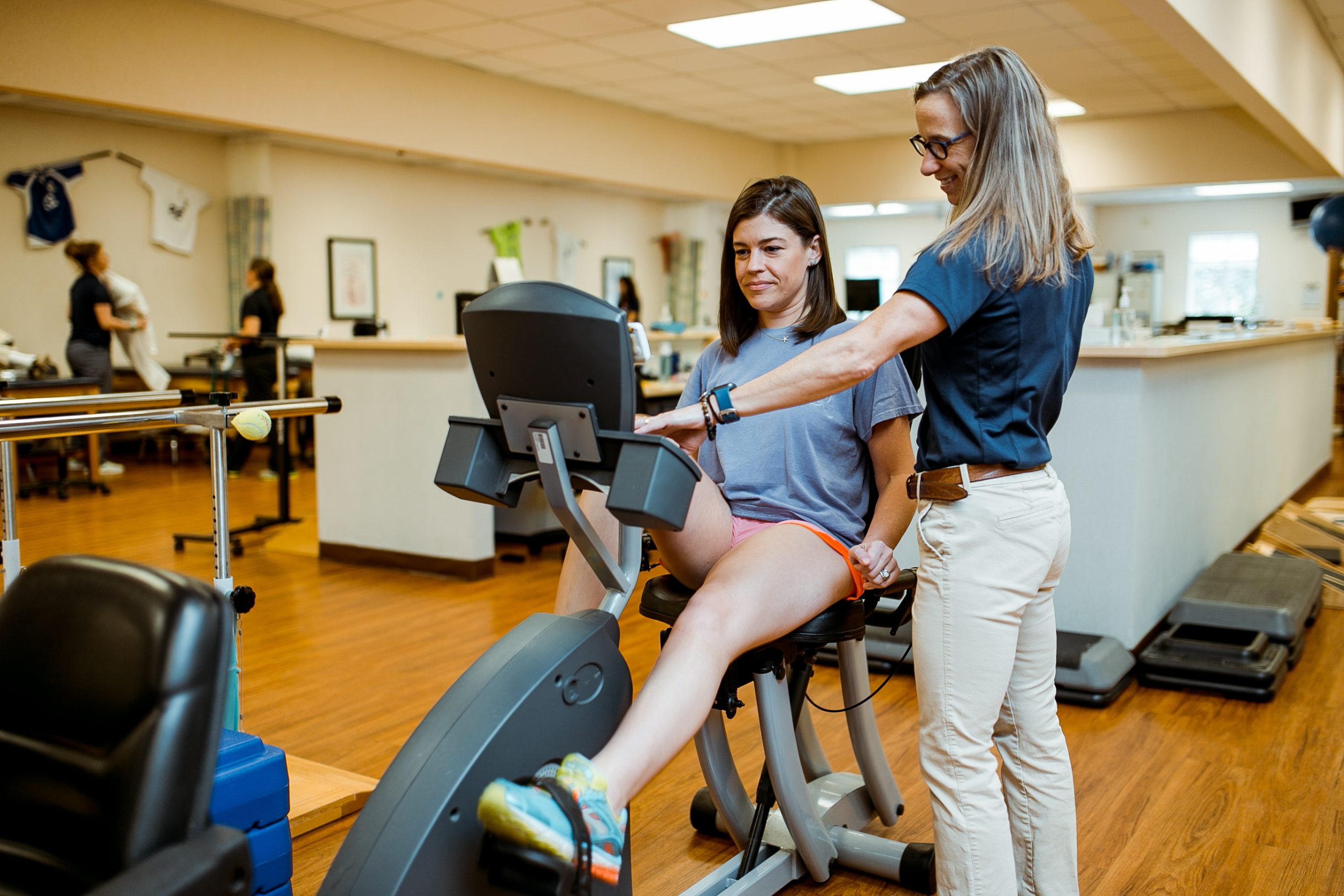Exploring the Effect of Hands-on Treatment Techniques on Reducing Musculoskeletal Discomfort and Improving Patient Results
Exploring the Effect of Hands-on Treatment Techniques on Reducing Musculoskeletal Discomfort and Improving Patient Results
Blog Article
Hands-on treatment methods are hands-on approaches used by healthcare providers to treat muscle and joint pain. These methods include various types of manipulation and movement of the human muscles and articulations. The goal of manual therapy is to alleviate discomfort, improve mobility, and enhance overall function. Numerous individuals experience muscle and joint pain due to injuries, suboptimal posture, or conditions like joint inflammation. By using hands-on therapy, therapists aim to tackle these issues and help clients regain their standard of life.
One frequent hands-on therapy technique is spinal manipulation. This technique involves using precise pressure to the vertebral column to enhance positioning and reduce discomfort. Research has demonstrated that spinal adjustment can be effective in treating lower back pain and neck pain. Another technique is soft tissue mobilization, which focuses on relieving tension in the muscles and connective tissues. This can help reduce rigidity and improve range of motion, making it simpler for clients to navigate without pain. Both methods can be tailored to satisfy the specific requirements of each client, ensuring a custom method to care.
In furthermore to discomfort relief, hands-on therapy can enhance client results in multiple aspects. For example, it can boost blood flow, which helps deliver oxygen and nutrients to the injured regions of the system. Improved blood flow can also promote healing and reduce swelling. Furthermore, manual therapy can help patients gain enhanced physical awareness, physical therapy for back pain which is essential for preventing future trauma. By comprehending how their physiques function, patients can make more informed decisions about their movements and alignment, leading to sustained advantages.
The effectiveness of manual treatment is often backed by client feedback. Many individuals indicate notable improvements in their discomfort intensity and overall performance after undergoing treatment. This positive response can lead to greater drive for patients to engage in physical exercise and recovery exercises. When patients feel better, they are more likely to participate in their recovery journey, which can additionally enhance their outcomes. This collaborative method between the provider and the patient is crucial for attaining enduring outcomes.
In conclusion, hands-on treatment methods play a critical role in alleviating musculoskeletal pain and enhancing client outcomes. By applying techniques such as vertebral adjustment and gentle tissue mobilization, medical providers can help patients recover movement and reduce discomfort. The advantages of hands-on therapy extend beyond immediate discomfort alleviation, as it also promotes recovery and motivates patients to take an active role in their recovery. As an increasing number of individuals seek effective therapies for muscle and joint concerns, hands-on therapy continues to be an essential choice in the field of medicine.